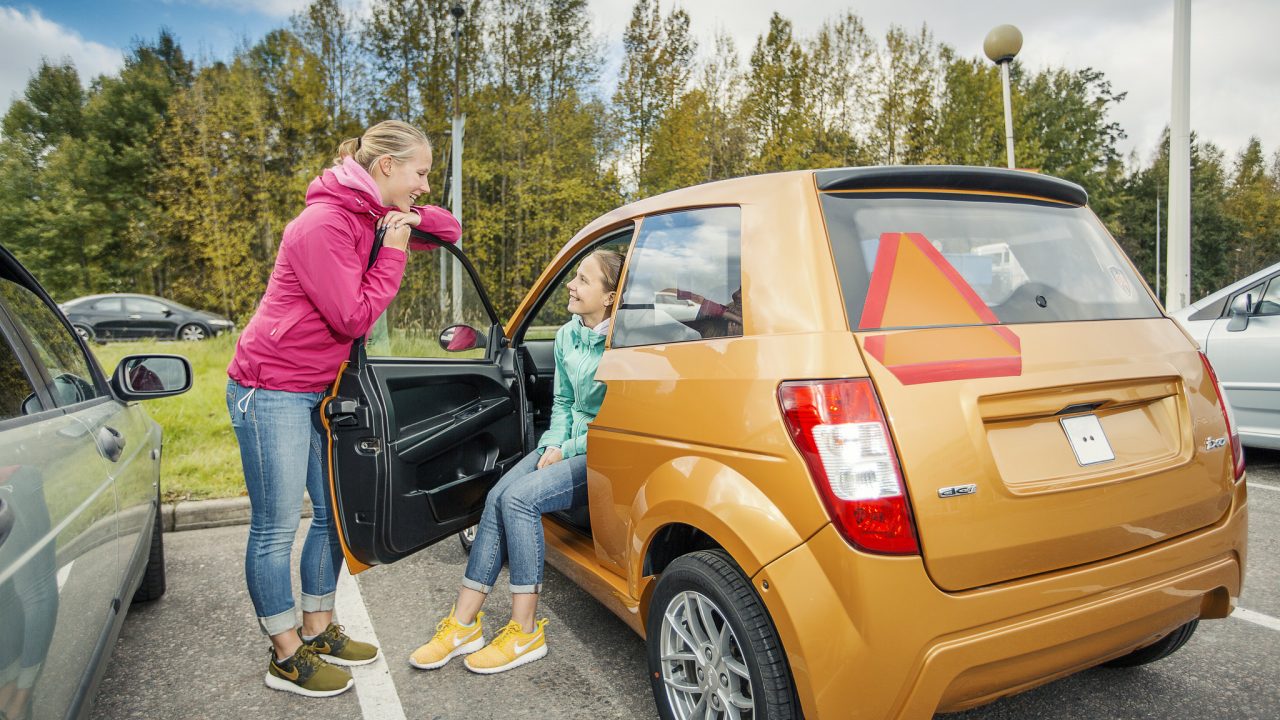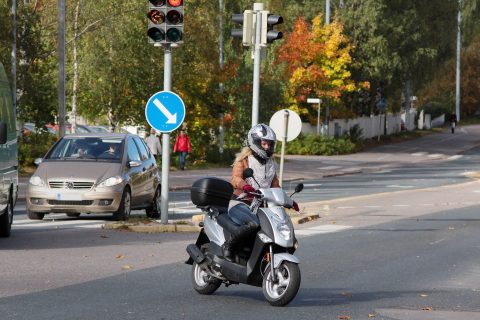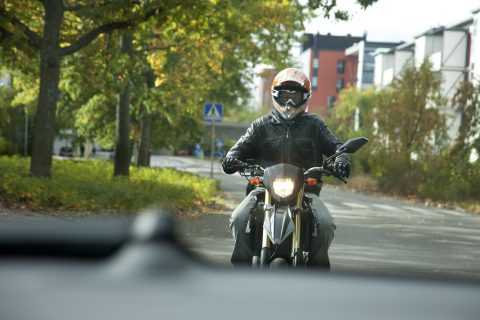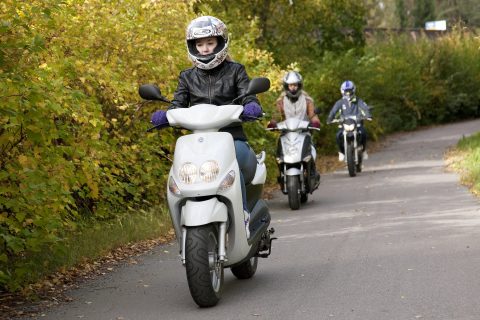
Quadricycles on roads
Quadricycles are lighter vehicles than cars and as such more affected by uneven road surfaces. Quadricycles are not as safe as cars in accidents.
Quadricycle safety
Quadricycle accidents have many similarities with moped accidents and accidents involving young car drivers. Inexperienced drivers have difficulty adjusting the speed according to the conditions. Driving skills are put to the test, which is reflected in the increasing number of derailments. Be mindful that quadricycles are not as safe as cars in accidents.
A quadricycle may be driven by a young person aged 15 and over. The driving license required for a quadricycle is AM/121. See more information on which vehicles different driving licenses entitle you to drive. (Opens in a new window)
Quadricycles are light and more difficult to handle
Although quadricycles are four-wheeled, they are more difficult to handle in slippery winter conditions compared to normal cars. Quadricycles are lighter and as such more affected by uneven road surfaces. Gusty side wind can cause the quadricycle to rock slightly. In a light vehicle, the driver is better able to observe the state of the road and to slow down when necessary.
Quadricycles on winter roads
Hard ridges and snow banks which make the road narrower pose additional challenges to moped and quadricycle drivers. The right equipment, choice of route and proactive driving improve safety in winter. In winter, tyres suitable for winter use are required in both mopeds and quadricycles.
Drivers should remember that a quadricycle is narrower than a regular car. It is not necessarily able to navigate grooves and ridges on the road surface in the same way.
Poor tyres are more likely to lose traction, which can cause the vehicle to overturn. In addition to appropriate tyre selection, appropriate speed is especially important in winter. If you drive too fast, a slippery road surface can take you by surprise.
Quadricycle tyres
Winter tyres must be used from the beginning of November to the end of March as long as weather conditions so require. Winter tyres can be studded or unstudded. The tread main grooves must have a minimum groove depth of 3mm.
Accepted snow tyres are those which are approved for demanding winter conditions in accordance with UNECE Regulation no. 117 or 108 and marked with a 3PMSF symbol as provided for in the Regulation, or a studded tyre in accordance with paragraph 2 of the Regulation. If such tyres are not generally available, other coarse-textured tyres suitable for winter use, or studded tyres or tyres equipped with snow chains, are acceptable.
In addition to appropriate tyre selection, appropriate speed is especially important in winter. If you drive too fast, a slippery road surface can take you by surprise.



